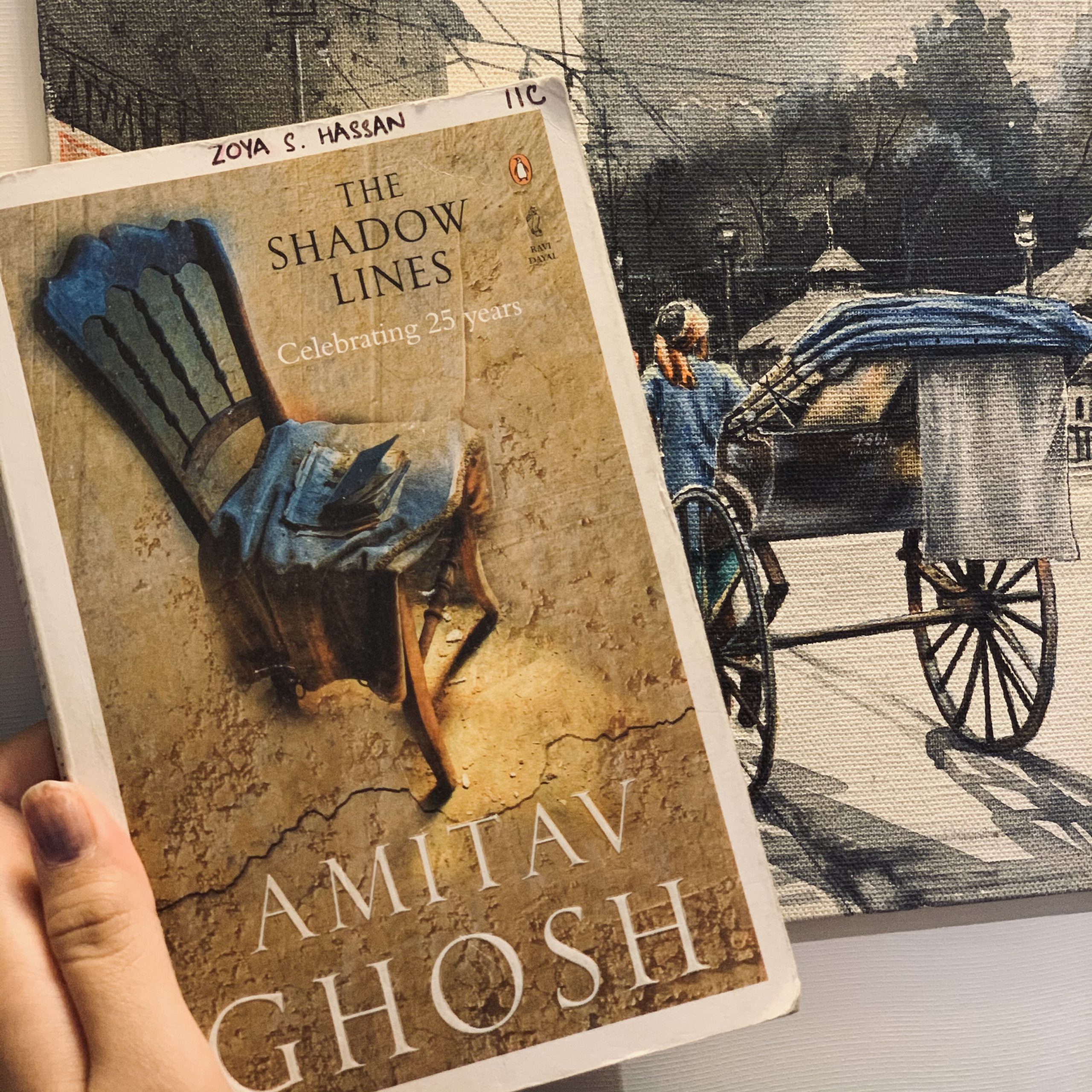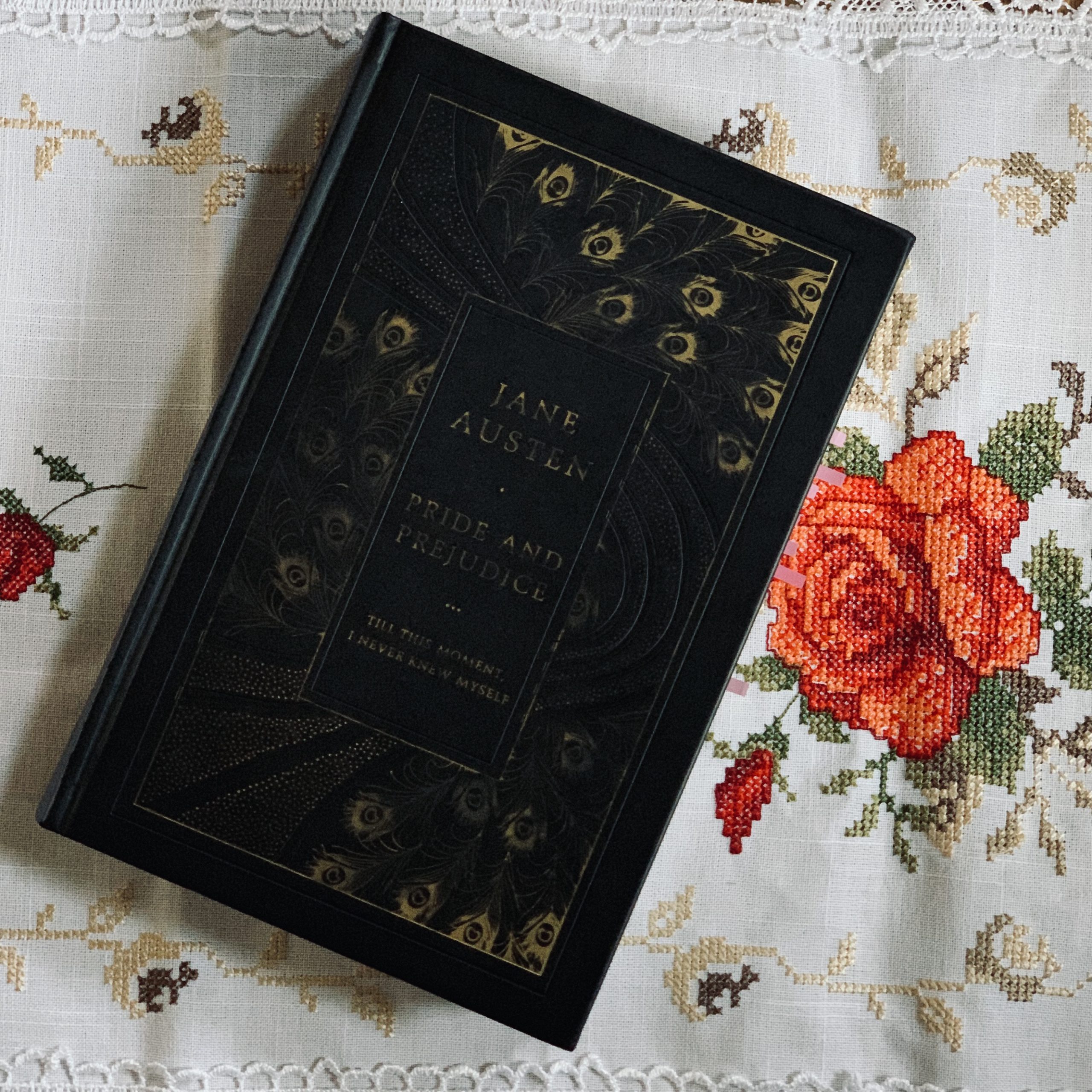- By The Zoya Project
- January 10, 2017
- 0 comments
War is always the worst on the women. That’s what they say. They face the brunt of it. The loss is primarily theirs. The treatment afterwards is primarily theirs with the threat of rape and capture looming over their heads. War is always the worst for the women even when they aren’t at the frontline, that’s what I’ve been told, and before I read this book in 2012 I couldn’t understand it. And then I did.
Chitra Banerjee’s most famous book – The Palace of Illusions, follows Draupadi through the Mahabharata. Her role in it and how the ways of the world seem to malign the female sex, in those times and even now. It is a literary masterpiece and in a hundred years will probably be considered a classic of English literature.

There are so many things in this book that as women, and more than that, as Indian women, we need to reflect on. And as people, the many truths that are brought about by the story penned in this book are some thing we should think about. It follows Draupadi from that moment she is born to the moment of her death. It starts from the moment she steps out of the fires and is rejected by her father, because he didn’t want her and how that rejection stays with her for years to come. So much so that she doesn’t like being named as the daughter of Drupad but prefers to be called Panchaali, the daughter of Panchaal. I think much of the initial rejection from her father shapes Draupadi’s personality. She’s a prickly, intelligent girl who grows into a headstrong and stubborn woman. And no one ever seems to want that. It’s the typical Indian male attitude (I know not all men are the same, but were you to do a survey of all of India’s men, you’d find most men are of the mindset featured in this novel), they all want the demure woman who will smile shyly at them, swoon over their muscles, women who cook and clean and every night invite them to bed with a wink and a smile. But Draupadi isn’t that. She’s curious and she wants more than being just a wife. She wants to be a queen and often the implicit effect of this was that her husbands found her tiring and sort of insufferable. They all married once more despite having the most beautiful woman in the world in their arms.
Women have been treated like objects since time immemorial and I’ve noticed it’s a trend in Indian mythology. From the Treta Yug where Rama feels it is alright to discard Sita like she is old goods to the Dwapara Yug where Draupadi is asked to sit naked on Duryodhan’s bare thigh because she was gambled away. It has set a tone for how women are treated today. That they can be sold into prostitution, suspected of being sluts or cheaters when they are not or when they enjoy sex as much as men. It comes across today because of the way it’s been set down in our literature. In Hindi and Urdu and all kinds of religious writings from the myriad that exist in the subcontinent. We take away from this, and we apply it today, and no matter how much we try and change there are those who will continue to follow the ancient wrongs that have been prescribed.
In this world that Banerjee has built, all the decisions that the women are faced with are based on the men they surround themselves with and Draupadi tries so hard to fight against it, but it suppressed so often, a struggle turns into more of a battle. She chooses to turn away the man she falls in love with because of the intolerances of her brother. She chooses to marry five men instead of one because she doesn’t want to offend the sensibilities of the mother of her future husband and risk the disgrace. She isn’t allowed to turn away the Kauravas when they come to her home resulting in the destruction of the life she built. She isn’t able to turn away the evil pursuit of Duryodhan nor turn away the penalty of a fourteen year stint in the forest. And at the end of this terribly hard life she is abhorred by the men in her life for bringing about the destruction of the kingdom with her ‘zidd‘ of vengeance. If a man were to insist on vengeance the world around him would applaud his honor, his bravery. But when a woman does it, she is called stubborn and unreasonable.

But this is old news. When I was ten my school librarian gave me an off limits reference retelling of the Mahabharata that brought all of this to my mind with a glaring sadness. And so for me it was old news. For me what stuck was how decimating war can be. For the men, but mostly for the women. It is unbelievably difficult for the men who fight on the frontline. They are faced with the trauma of death and the bloodshed that coats their palms like a slick sheen of sweat. But in a book when they are but five surviving fighters, your attention turns to the women. The women left behind an army of thousands. Death is finite. Loss and grief seem to stretch on endlessly. Mothers grieve for the sons who they have raised. Wives grieve for the loss of love and for the children who have lost fathers. Sisters mourn the brothers who have protected them before their husbands did. Daughters cry for the fathers who no longer hold their hand over their hair. Death seems to come far more quickly on the battlefield than it does for women who face such irreparable loss. A death that claims them slowly as loss feasts upon them bit by bit. It is an unthinkable pain. And that is the focus of the book. The women who are left behind in the wake of such devastating loss that war brings about.
The five Pandava’s show an inordinate enthusiasm for the Kurukshetra war, as do the Kauravas. Each faction looking for glory and for a crown. They boast of finally being able to kill the enemies who have thwarted them, one of those being Karna. But rarely does anyone looking at the women who sit at home. The women who bless for glory but pray for their men to come home. It is the fear of loss and then the inevitable loss that everyone ignores. Death comes once, while loss lives on. And this is the masterpiece that Banerjee manages to bring forth with this book. She brings forth this acute sense of loss that women face as a major theme while never once diminishing the bravery and pain felt by the men on the battlefield. For once the two sexes are portrayed as equals in what they lose.
The language used is simple and tell the story in the voice of Draupadi. The story flows effortlessly weaving in the different women of the Mahabharata from Kunti, to Uttara to Ahilya, to Madri. They all portray the strength and the power that is found in womanhood.
What does the Palace of Illusions teach me? Aside from fighting the patriarchy? It taught me in many ways what it means to be a woman – the ability to bear inexplicable pain, to bear loss, to bear suppression and come out stronger than anybody else could. To be a woman in this world, is to endure.




